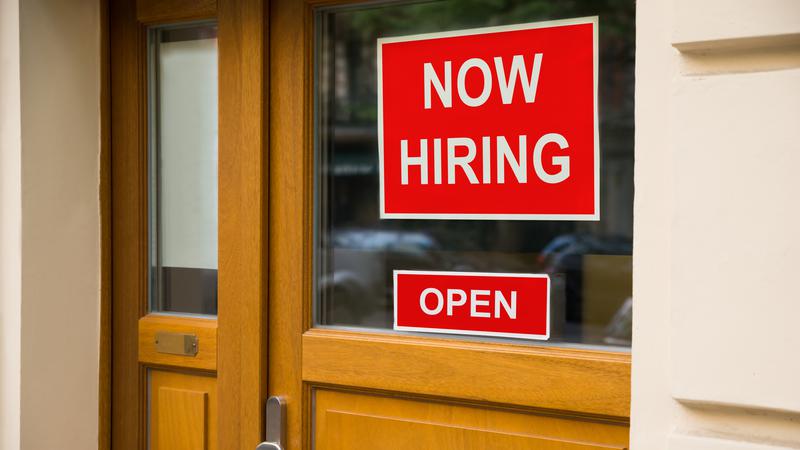Regional unemployment rate rose in February

The economic region that includes the Okanagan saw unemployment rise last month.
Statistics Canada said the unadjusted unemployment rate for the Thompson-Okanagan was 5.7 per cent in February.
That was up from 5.2 per cent the month before, though was down when compared the 6.0 per cent rate recorded in February of 2024.
Meanwhile, the regional unadjusted employment rate dropped to 53.5 per cent in February.
That was down from January’s figure of 54.6 per cent, and was also down from last February’s rate of 54.2 per cent.
StatsCan did not provide data specific for Vernon, but did figures that showed a slowdown in Kelowna’s labour force.
The Central Okanagan city saw the unemployment rate recorded at 5.3 per cent, up from 4.9 per cent in January.
Kelowna’s employment rate was recorded at 55.1 per cent, down from 57.7 the month prior.
The provincial labour force also took a bit of a hit in February.
StatsCan data showed the province had an adjusted unemployment rate of 6.0 per cent and an employment rate of 61.1 per cent in February.
Unemployment was unchanged on a monthly basis, though employment was down from the 61.3 per cent recorded in January.
“[The] Labour Force Survey data shows the significant impacts of Trump’s tariff threats on our economy. Despite that, so far this year, B.C. has gained 25,400 full-time jobs, the highest increase across the country and the second-highest increase in women’s full-time employment among provinces,” Diana Gibson, B.C.’s Minister of Jobs, Economic Development and Innovation, stated.
“B.C. continues to lead the country with an average hourly wage of $37.89 and our unemployment rate is 6.0 per cent, which is below the national average and the third-lowest unemployment rate among provinces (after Quebec at 5.3 per cent and Saskatchewan at 5.7 per cent).”
Gibson added B.C. had the highest increase in self-employment in any province in the first two months of the year, with over 15,100 such jobs added, and had also seen more than 175,500 private -sector job gains during that time.
The Jobs Minister also stated Premier David Eby was prepare counter-measures to address the tariff threats, such as fees on commercial trucks passing through B.C. to get to and from Alaska, as well as creating more jobs in the province, such as by accelerating planed major resource projects.
Meanwhile, Canada as a whole saw no change to the labour force figures on a month-over-month basis, with the adjusted unemployment rate recorded at 6.6 per cent and employment at 61.1 per cent.
The data collection agency noted the national employment rate stalled at 61.1 per cent after seeing three consecutive months of growth, while the unemployment rate held firm at 6.6 per cent after seeing slight decreases in December and January.

